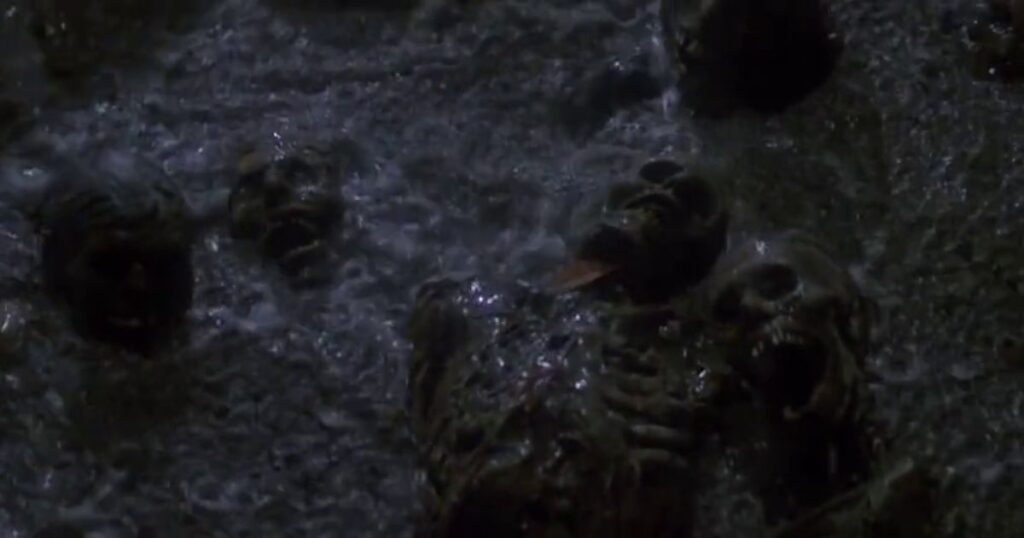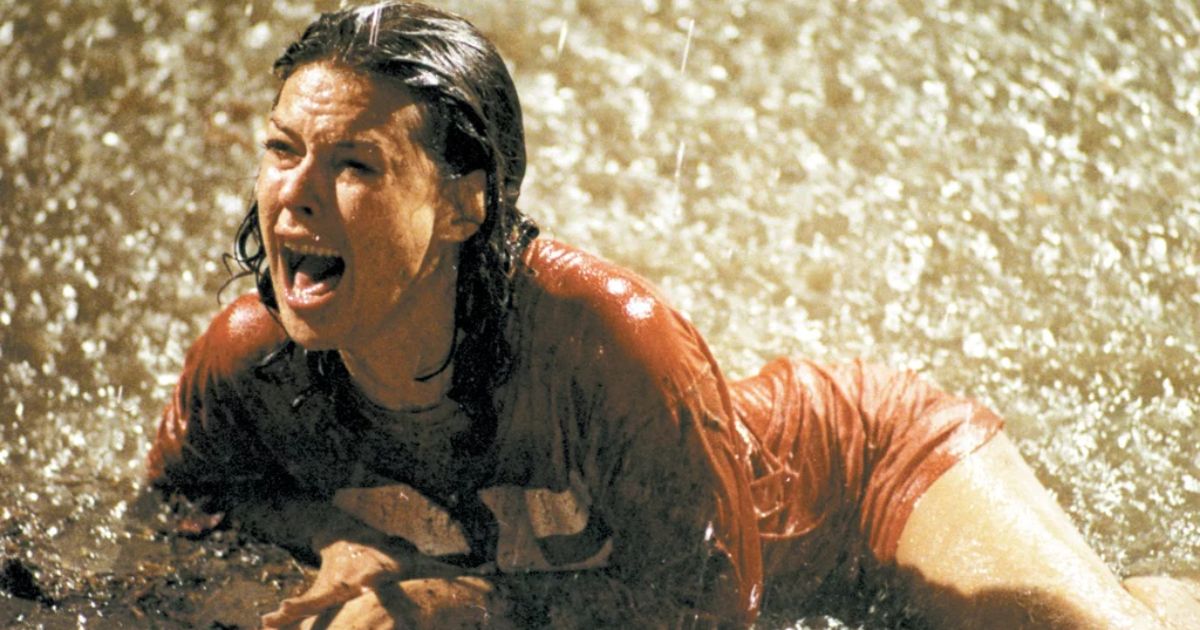The Controversial in The 1982 Movie Poltergeist” delves into one of the most debated aspects of the iconic horror film’s production. Released in 1982 and directed by Tobe Hooper, with significant involvement from producer Steven Spielberg, “Poltergeist” captivated audiences with its gripping storyline and groundbreaking special effects.
However, amidst its success, the film stirred controversy due to revelations that real human skeletons were used during filming, adding an eerie authenticity to certain scenes. This introduction sets the stage for an exploration of the ethical concerns, industry practices, and enduring legacy surrounding this unsettling aspect of “Poltergeist.”
The Unsettling Discovery
During the making of the 1982 movie “Poltergeist,” a shocking revelation came to light when it was discovered that real human skeletons were used in a scene. This unsettling discovery shocked many involved in the production and sparked a significant controversy in the film industry. People were disturbed by the thought that actual human remains were used for a fictional movie, raising ethical concerns and questions about the treatment of human remains in the entertainment business.
Read this Blog: Pi Network’s Puzzling Code: Deciphering the Significance of 314159u
Ethical Concerns and Industry Practices

The use of real skeletons in “Poltergeist” raised ethical concerns regarding the treatment of human remains in the film industry. Many questioned the morality of using actual bones for cinematic purposes and whether it was respectful to the deceased individuals. This incident shed light on the industry’s practices and sparked debates about the appropriate use of human remains in movies, leading to calls for greater transparency and ethical guidelines.
The Debate Unfolds
As news of the real skeletons in “Poltergeist” spread, a heated debate unfolded within the film community and beyond. Some defended the decision, citing cost-saving measures and the realism it brought to the film. However, others condemned the practice, emphasizing the need for respect for the dead and proper ethical considerations in filmmaking. This controversy prompted discussions about the responsibilities of filmmakers and the importance of upholding ethical standards in the industry.
Read this Blog: Taipei Self-Driving Gharry: Exploring the City in Style
Changing Industry Standards
In the aftermath of the “Poltergeist” controversy, the film industry underwent significant changes regarding the use of human remains in movies. Stricter regulations and guidelines were implemented to ensure ethical treatment and proper handling of such sensitive materials. Filmmakers became more aware of the ethical implications of their creative decisions, leading to a shift in industry standards towards greater respect for human dignity and sensitivity to cultural beliefs surrounding death and burial practices.
FAQ’s
Why were real skeletons used in the movie “Poltergeist”?
Real skeletons were used in the film for budgetary reasons, as obtaining prop skeletons was deemed too expensive at the time.
Were the use of real skeletons in “Poltergeist” ethical?
The ethical implications of using real human skeletons in the film have been widely debated, with critics arguing that it shows a lack of respect for the deceased.
How did the controversy surrounding the use of real skeletons impact the film industry?
The controversy prompted the film industry to reassess its practices regarding the use of human remains in movies, leading to stricter regulations and guidelines.
What was the response from the filmmakers regarding the use of real skeletons in “Poltergeist”?
The filmmakers maintained that the decision was made for practical reasons and did not intend to disrespect the deceased.
Has there been any lasting impact on the legacy of “Poltergeist” due to this controversy?
While the controversy has remained part of the film’s legacy, “Poltergeist” is still celebrated for its groundbreaking effects and enduring influence on the horror genre.
Conclusion
The use of real skeletons in the making of “Poltergeist” remains a controversial topic that continues to spark discussions about ethics and responsibility in filmmaking. While the film’s legacy endures, the controversy serves as a reminder of the importance of ethical considerations and transparency in the entertainment industry.










